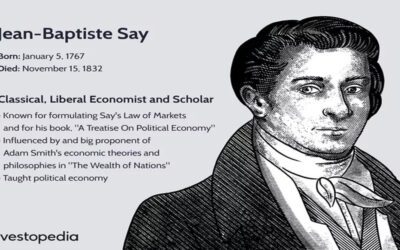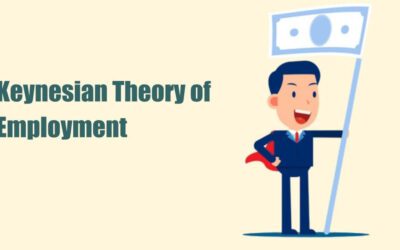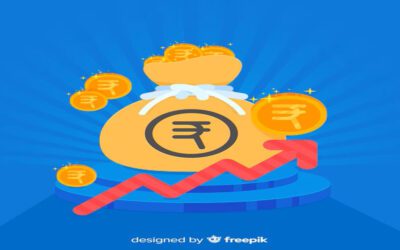Principles of Macro Economics
- An Overview of Macro Economics
- Classical Theory of Employment
- Keynesian Theory of Income and Employment
- Inflation, Deflation and Business Cycle
- Macro Economic Policy
Meaning, Types and Scope Macroeconomics
Macroeconomics is a branch of economics that examines the performance, structure, and behavior of an entire economy. It focuses on broad factors such as inflation, economic growth, unemployment, national income, and the overall performance of markets, industries, and governments.
Saving and Investment Equality
Say’s Law of Markets is a key concept in classical economic theory, introduced by 19th-century French economist J.B. Say. It is based on the idea that “supply creates its own demand.” This means that as goods are produced, they generate income, which in turn creates demand for those goods.
Keynesian Theory of Income, Output, and Employment
John Maynard Keynes , a renowned English economist, revolutionised economic thought by challenging the ideas of classical economists. His groundbreaking work, “The General Theory of Employment, Interest, and Money” (1936), introduced innovative concepts that addressed the critical issues of his time, especially the Great Depression of the 1930s.
Meaning of Inflation and its Types
Inflation is a key concept in modern economics that impacts every aspect of the economy. It refers to a situation where prices of goods and services increase, leading to a decline in the purchasing power of money. This happens when there’s more money circulating in the economy than the available goods and services, causing prices to rise. Inflation can affect various sections of society differently and has far-reaching consequences for economic stability and growth.
Fiscal Policy: Objectives and Importance
Fiscal policy is a crucial tool used by governments to manage the economy. It refers to the use of government spending and taxation to influence a nation’s macroeconomic conditions, including employment, inflation, aggregate demand for goods and services, and economic growth.





